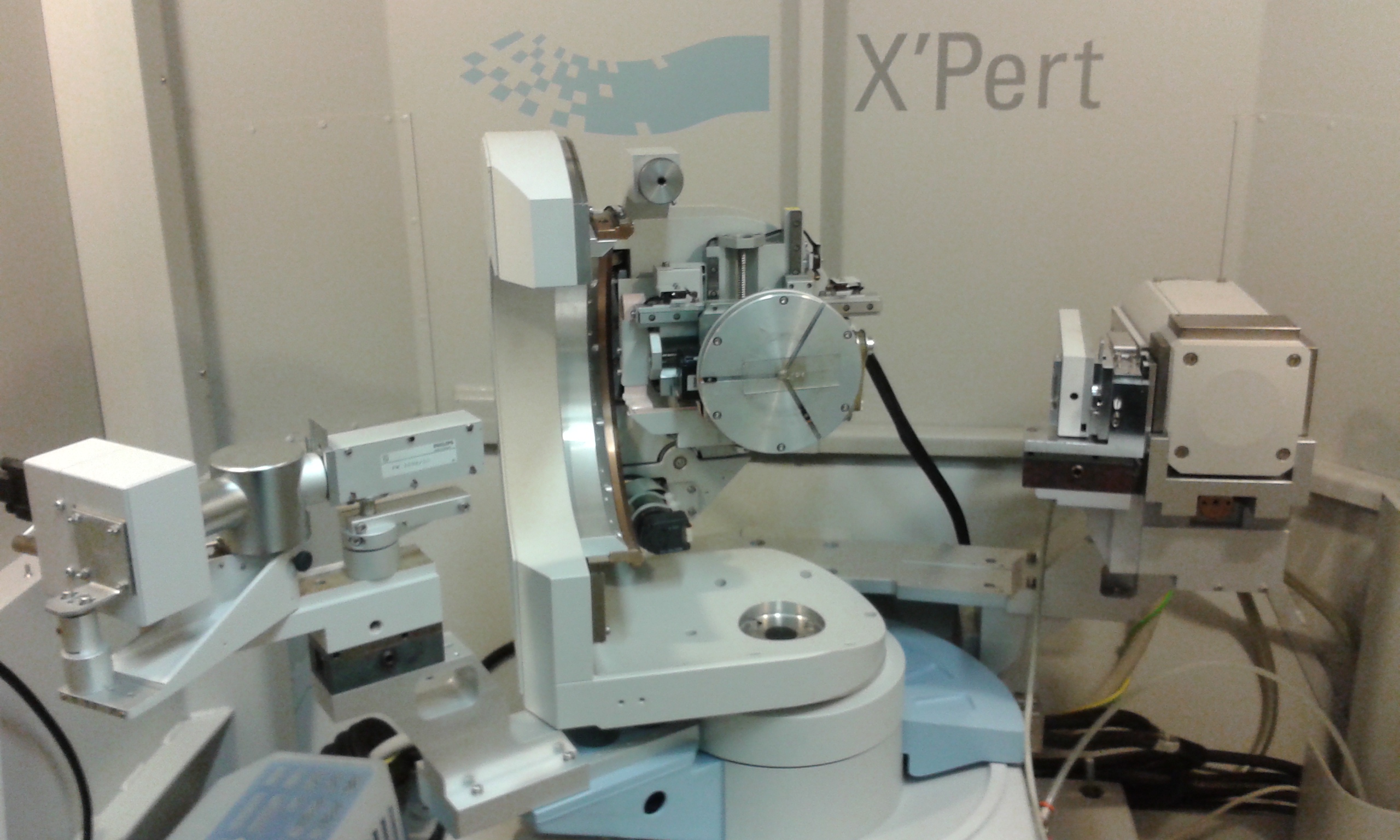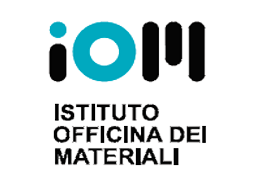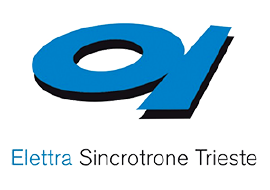FACILITY AT NFFA-TRIESTE
The four-circle X-ray diffractometer is a commercial Panalytical X'Pert based on copper cathode technology and designed to allow the analysis of a wide range of materials, from micrometer powders to thin films and/or nano-engineered heterostructures, through the use of appropriate modules that optimize the experimental configuration. In particular, the use of a Ge 4-bounce double monochromator allows the selection of only one wavelength Ka1 (0.15405 nm) of the copper source, so as to enable the structural analysis of thin films and/or hetero-epitaxial structures with very high resolution, while for the analysis of materials with a low power diffraction (e.g. powders) the use of a simple collimator greatly increases the number of incident photons, although with a worse energy resolution of the source. At these two limit configurations, an intermediate configuration has been added by the use of a hybrid module composed of single monochromator and converging mirror which allows a reasonable energy resolution of the source (i.e. a single wavelength Ka1) and a considerable increase of the incidents photons compared with the configuration with the Ge-monochromator (i.e. a factor 50-60 in number of photons). The positioning of the samples can be achieved and remotely controlled in all the three dimensions, so as to allow also the structural mapping of two-dimensional objects (e.g. large wafers).
Structural information such as the epitaxy relation between thin films and template crystals, or the dimensionality of the powders' grains, and other characteristics of the material, are critical to understanding the processes of synthesis of materials and their optimization. The access to XRD workstation will be granted either to structurally characterize the thin films and the heterostructures grown by PLD/MBE clusters, as well as samples provided by users.





